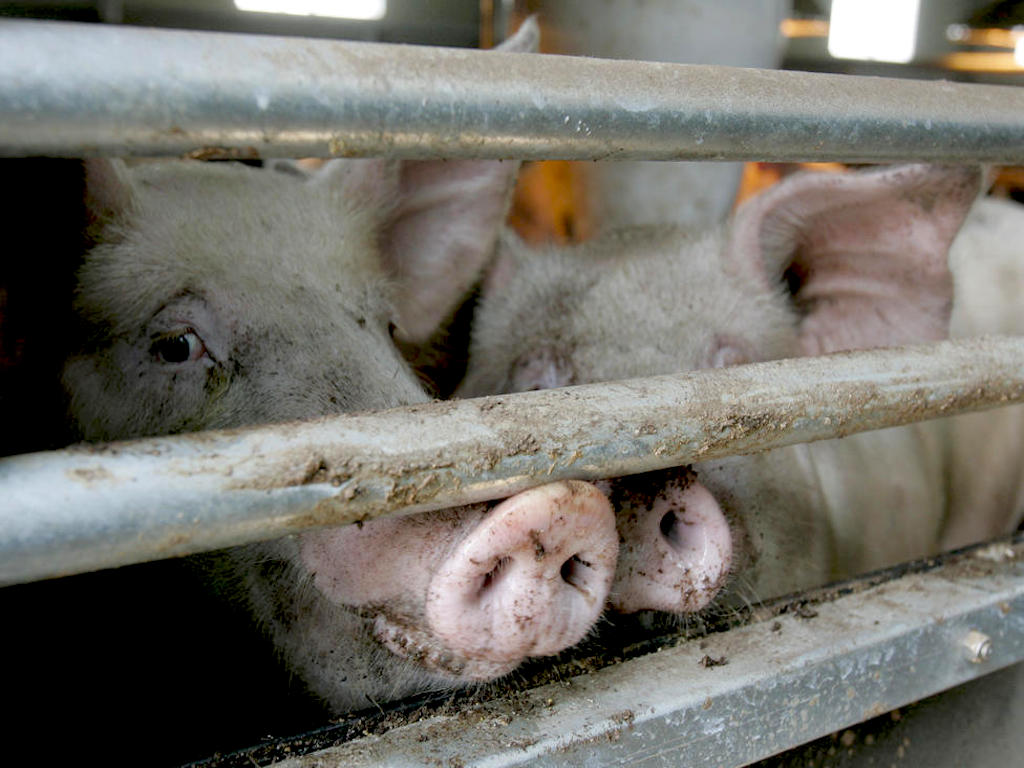3 Mins Read
A new strain of swine flu with the potential to trigger a pandemic has recently been discovered by scientists in China. Called G4, the strain is genetically descended from the H1N1 virus subtype that caused the swine flu pandemic in 2009. While there is no evidence that the G4 virus can be passed between humans, over 10% of the pork industry workers in China have already been infected with the strain.
Published in the U.S. scientific journal Proceedings of the National Academy of Sciences, a recent study identifies a new type of swine flu that has the capacity to set off to a global pandemic. The G4 strain is similar to the H1N1 strain that triggered the 2009 swine flu pandemic and is observed to be highly infectious.
According to the researchers from scientists at multiple universities in China, the new swine flu bears all of the “essential hallmarks of being highly adapted to infect humans.”
The findings were made based on data collected from 30,000 nasal swabs from pigs in slaughterhouses across 10 Chinese provinces and at a veterinary hospital between 2011 and 2018. Scientists were able to isolate 179 swine flu viruses, and found the majority were of a new kind that had been circulating among pigs since 2016.
Through various experiments carried out on ferrets, which are commonly used across studies on influenza because their symptoms are similar to humans, G4 was observed to cause even more serious symptoms in ferrets than other viruses do.
Results also showed that any immunity that humans have from exposure to the seasonal flu does not provide any protection against the G4 strain, which is novel and can replicate quickly in human cells.
According to antibody blood tests conducted on swine workers, over 10% have already been exposed to the new swine flu virus. As many as 4.4% of the general population may also already be exposed to G4.
The findings make clear that the disease has already been transmitted from animals to humans, but the main worry is whether it can mutate further and be passed from human to human, which there is no evidence of yet.
“It is of concern that human infection of G4 virus will further human adaptation and increase the risk of a human pandemic,” wrote the scientists.
The study is a reminder that the world is constantly threatened by new zoonotic pathogens, even as we are currently battling the coronavirus pandemic. It also shows that farmed animals in particular pose an enormous risk of increasing the chances of contact between humans and animals, acting as a major source for new viruses to emerge with pandemic potential.
Conditions in slaughterhouses and industrial animal factory farms – overcrowding, poor sanitation and ineffective waste treatment – are ideal breeding grounds for pathogens and have often led to contamination of the food supply by bacteria, non-zoonotic diseases such as African Swine Fever (ASF) that has wiped out a quarter of the world’s pig population, as well as communicable diseases such as H1N1 and now, the new G4 virus.
In order to prevent another pandemic, scientists have reiterated the need to transform our current meat supply chain, which is currently a major driver of ecological destruction that in turn fuels the emergence of deadlier diseases. In June, experts called on the end to intensive factory farming and the switch to more sustainable alternative proteins in order to avoid another public health emergency.
Lead image courtesy of Reuters.




